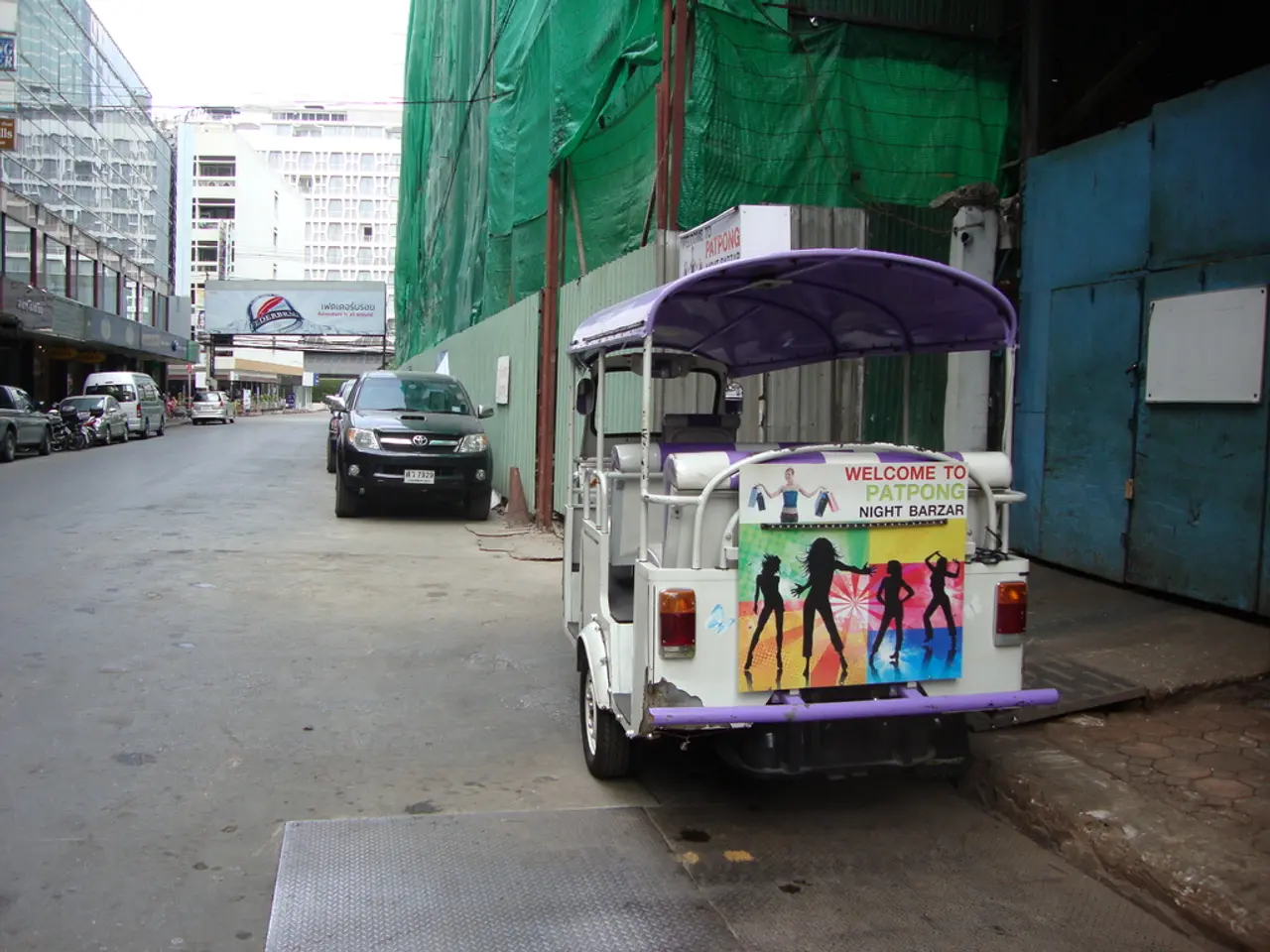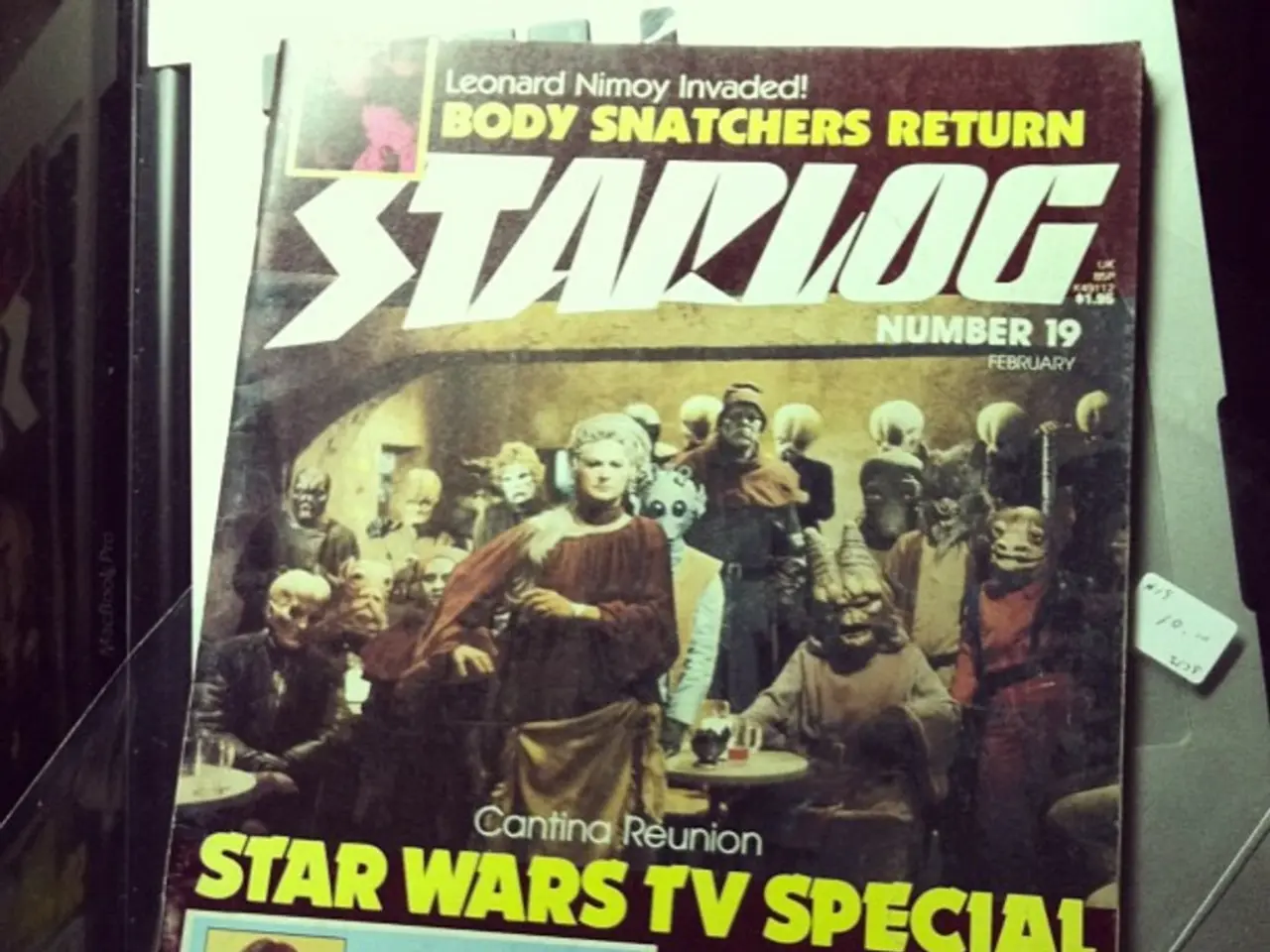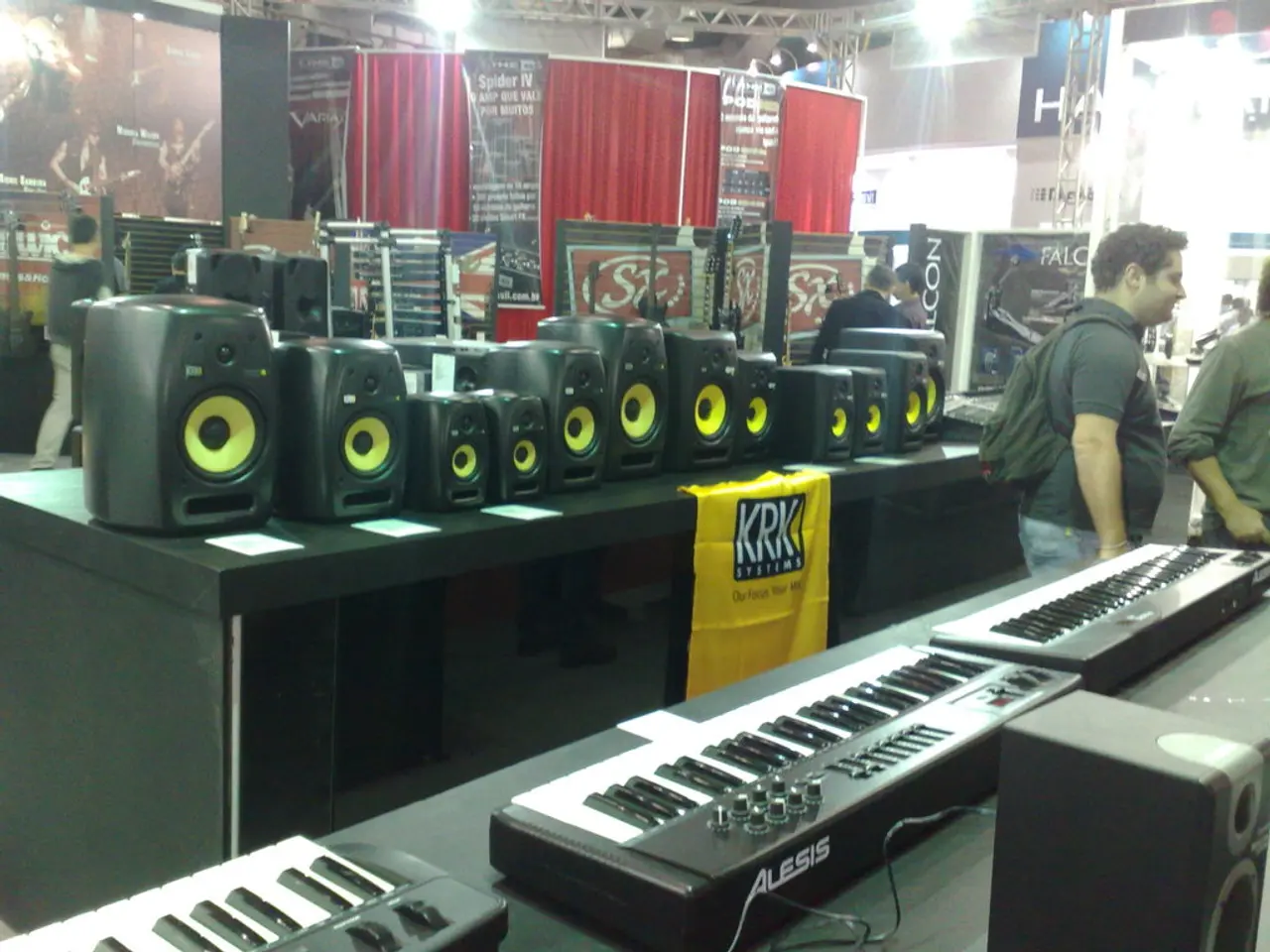Nuclear Energy for Automobiles: Ambitions of the 1950s and 1960s
In the late 1950s and early 1960s, the world was captivated by the idea of nuclear-powered automobiles. These futuristic concepts, such as the Ford Nucleon and the Studebaker-Packard Astral, promised a new era of clean and efficient transportation. However, these dreams remained just that – dreams – as the technological, safety, economic, and social hurdles made them impractical and unsafe to develop beyond the concept phase.
The Ford Nucleon, a three-eighths scale model designed to be 200 inches long, or close to 17 feet, was one of the most notable nuclear-powered car prototypes. Similarly, the Seattle-ite XXI, unveiled in 1962 at the Seattle World's Fair, garnered attention as a nuclear-powered car prototype.
The miniaturization of nuclear reactors to fit safely and efficiently into a car was – and still is – an enormous technical challenge. Designing a small, lightweight, powerful, and reliable reactor with adequate shielding to protect passengers and others was not feasible with the technology of the time. Heat dissipation and controlling the reactor safely in a mobile environment posed significant engineering difficulties.
Safety concerns were another major obstacle. Nuclear reactors require heavy shielding to protect against harmful radiation, making them very heavy – a significant disadvantage for a car meant to be driven and fuel-efficient. Potential accidents or collisions could have catastrophic consequences, risking radiation leaks and public exposure. Public fear of nuclear accidents also contributed to widespread skepticism.
Moreover, the infrastructure for handling nuclear fuel and waste safely on a large scale simply did not exist for consumer automobiles. The cost to develop, manufacture, and maintain such vehicles was prohibitively high. Refueling with nuclear fuel would require highly specialized facilities, unlike readily available gasoline stations. Consumer acceptance was low due to fears about radiation and the complexity of nuclear technology in everyday life.
As awareness of nuclear risks grew, including concerns about nuclear proliferation and radiation hazards, public and governmental enthusiasm for nuclear-powered consumer vehicles waned. Internal combustion engines continued to improve in efficiency, reliability, and affordability. Electric and hybrid vehicle concepts began to gain attention as more practical alternatives for clean and efficient transportation.
Interestingly, nuclear power could potentially aid in the production of cleaner fuels for electric cars. For instance, nuclear power could be used to create a synthetic fuel that is net carbon neutral by combining hydrogen and carbon dioxide drawn from the earth's atmosphere or seawater. Nuclear power could potentially aid in the production of electricity to split water into oxygen and hydrogen for electric cars.
The Astral prototype, reportedly meant to run on atomic energy, either from its own nuclear engine or power beamed to it from another source, also claimed to generate a forcefield around itself to prevent collisions. The Astral prototype is currently housed at the Studebaker National Museum, while the Nucleon prototype is on loan to the Atomic Museum, a Smithsonian Affiliate in Las Vegas.
The idea of nuclear-powered automobiles was popularized in science fiction and comic books as early as 1928. Frank Lloyd Wright proposed installing 76 nuclear-powered elevators in a mile-high skyscraper he envisioned for downtown Chicago, but the project never came to fruition. Russia claimed to have invented a nuclear-powered vehicle as early as 1955, but the American magazine Car and Driver reported that it failed to create excitement.
In conclusion, while the Ford Nucleon and similar nuclear car concepts captured the imagination as futuristic ideas, the technological, safety, economic, and social hurdles made them impractical and unsafe to develop beyond the concept phase during that era. Today, nuclear power might hold a different role in the world of clean and efficient transportation, potentially aiding in the production of cleaner fuels for electric cars.
The miniaturization of nuclear reactors to fit safely and efficiently into a car remained an enormous technical challenge due to the absence of feasible designs for small, lightweight, powerful, and reliable reactors with adequate shielding during that time.
The public's fear of nuclear accidents and the lack of infrastructure for handling nuclear fuel safely in consumer automobiles resulted in widespread skepticism and low consumer acceptance for nuclear-powered vehicles.




